Obesity affects more and more people in Europe, particularly an increasingly sedentary lifestyle and a less and less healthy diet. This disease is not a fatality. Several solutions exist to promote weight loss and reduce the risks of developing pathologies related to obesity. One of these solutions is the gastric balloon, a safe and easy-to-use treatment. Find out everything you need to know about this non-surgical alternative to promote weight loss.
The gastric balloon or sleeve?
The choice between sleeve gastrectomy or any other weight loss surgical procedures and gastric balloon depends on factors such as initial weight, body mass index (BMI), medical history, personal preference, and motivation to lose weight.
Sleeve gastrectomy is a surgical procedure that removes a large portion of the stomach, reducing its size and capacity. This operation is generally recommended for people who are morbidly or severely obese (BMI over 40) and who have weight-related health problems. It can also be considered for people with a BMI between 35 and 40 and suffering from comorbidities such as type 2 diabetes, sleep apnea, high blood pressure, etc.

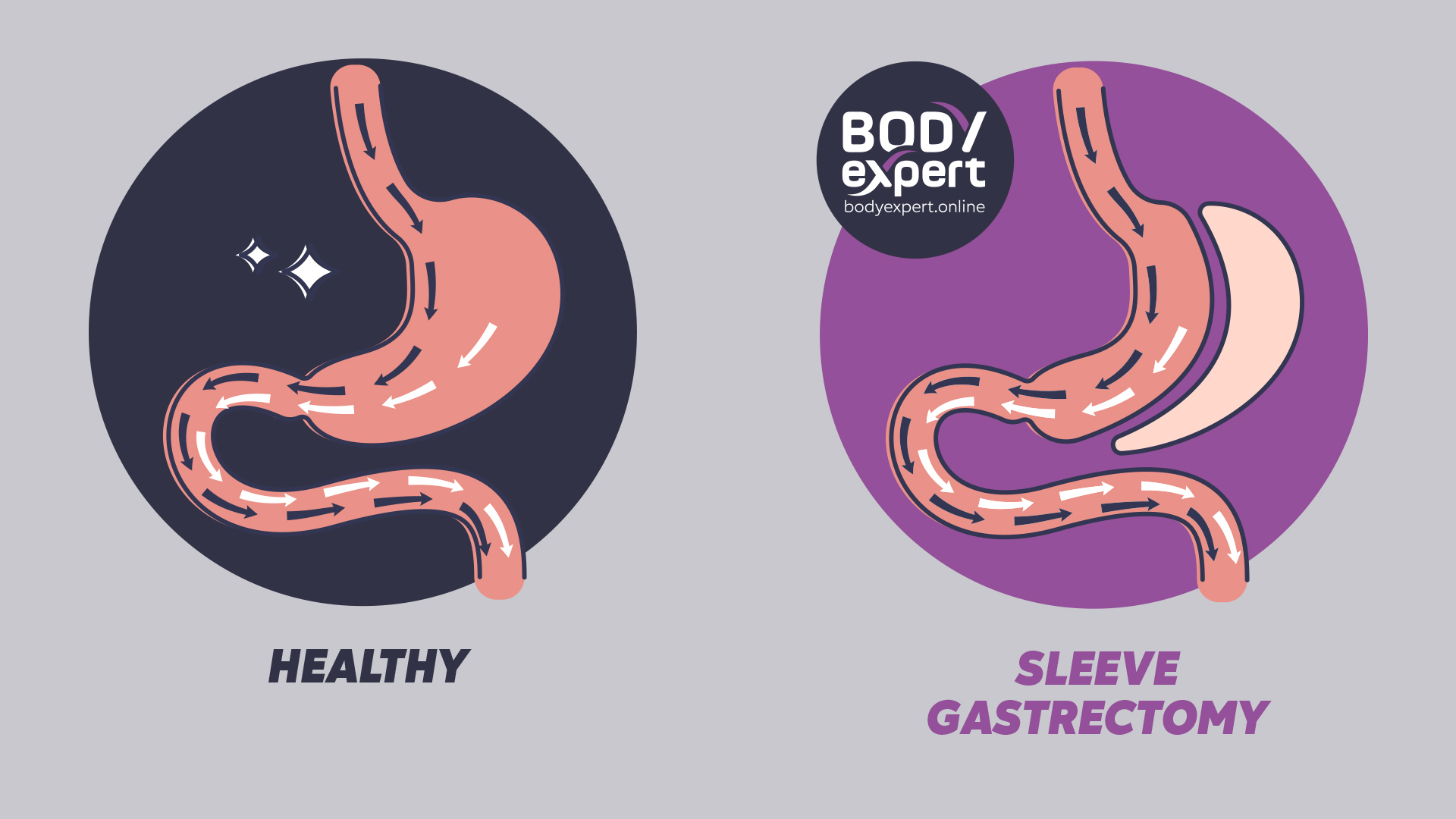
The gastric balloon is a non-surgical procedure that consists of inserting a balloon filled with saline into the stomach, thus reducing the stomach’s capacity and increasing the feeling of satiety. This procedure is generally indicated for overweight or non-morbidly obese patients (BMI > 27) who have tried unsuccessfully to lose weight by non-surgical means.
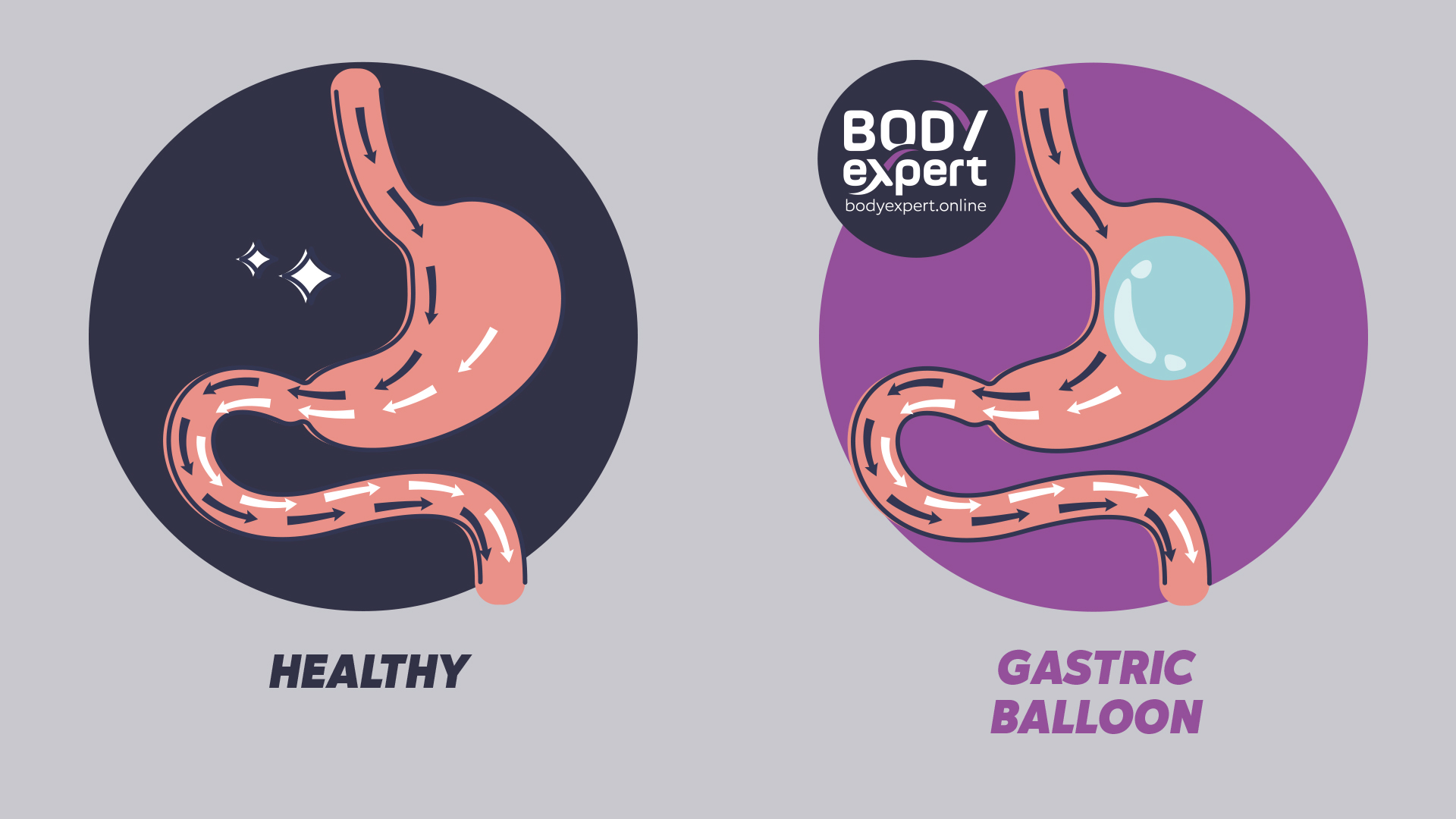
It is essential to speak with a qualified healthcare professional to understand the benefits and risks associated with each option and determine which procedure is best for your situation.
What is a gastric balloon?
A gastric balloon is a medical device used for weight loss in obese or overweight people. It is a flexible silicone balloon that is inserted into the stomach endoscopically and filled with fluid. The balloon takes up space in the stomach, reducing stomach capacity and creating a feeling of fullness, which can help patients reduce food intake and lose weight.
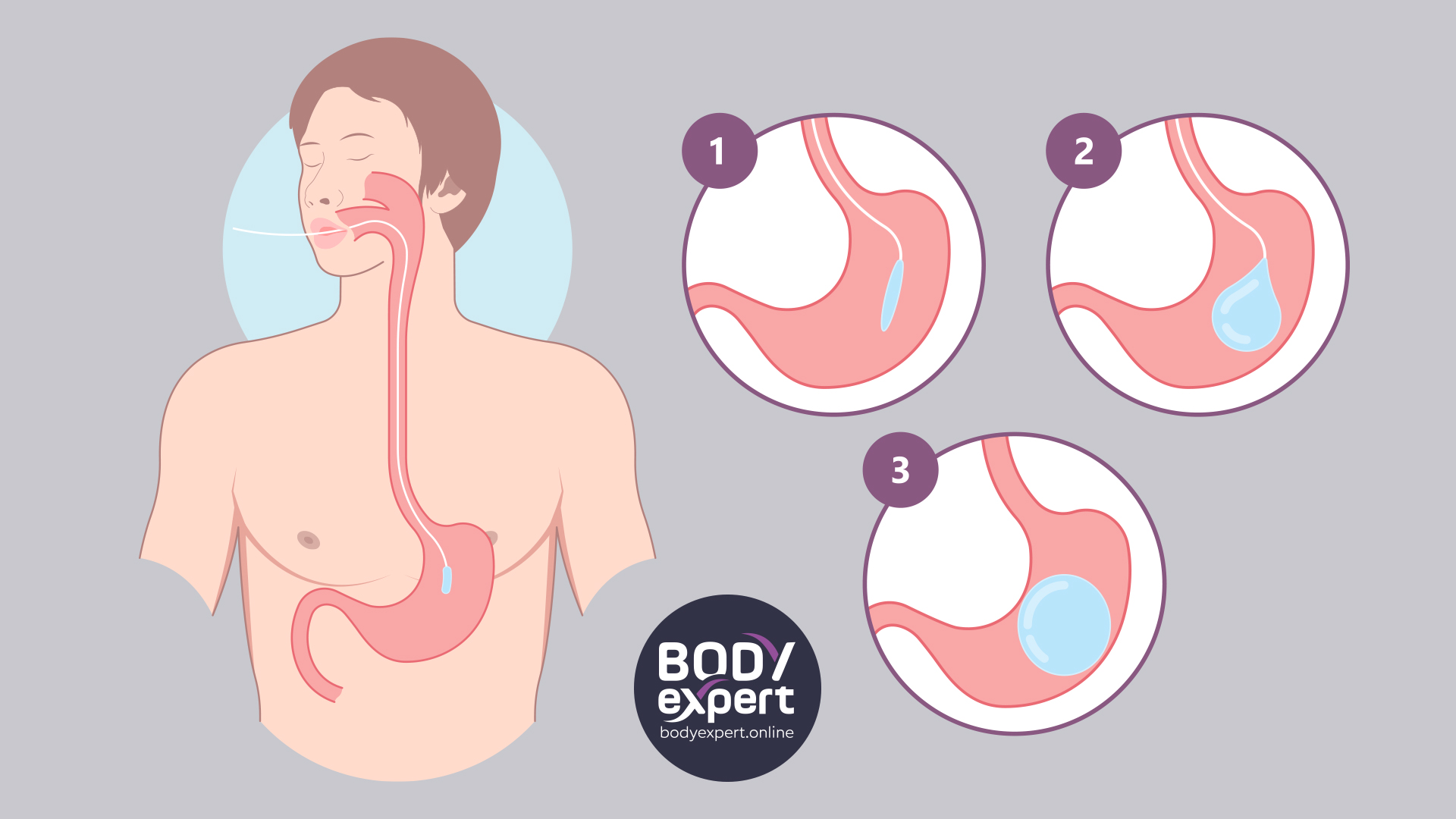
The gastric balloon must be combined with a diet and exercise program to help patients achieve their weight loss goals. It is usually removed after six months, after which patients continue their weight loss program to maintain their weight over the long term.
Intragastric ingestible
Unlike traditional gastric balloons that are placed endoscopically, the ingestible gastric balloon (IGB) is ingested in capsule form and then expands into the stomach using a catheter.
The BGI is considered a less invasive treatment option than traditional gastric balloons because it does not require general anaesthesia or an endoscopic procedure. However, it is important to note that the ingestible BGI may not be appropriate for everyone and should be used under the supervision of a qualified physician.
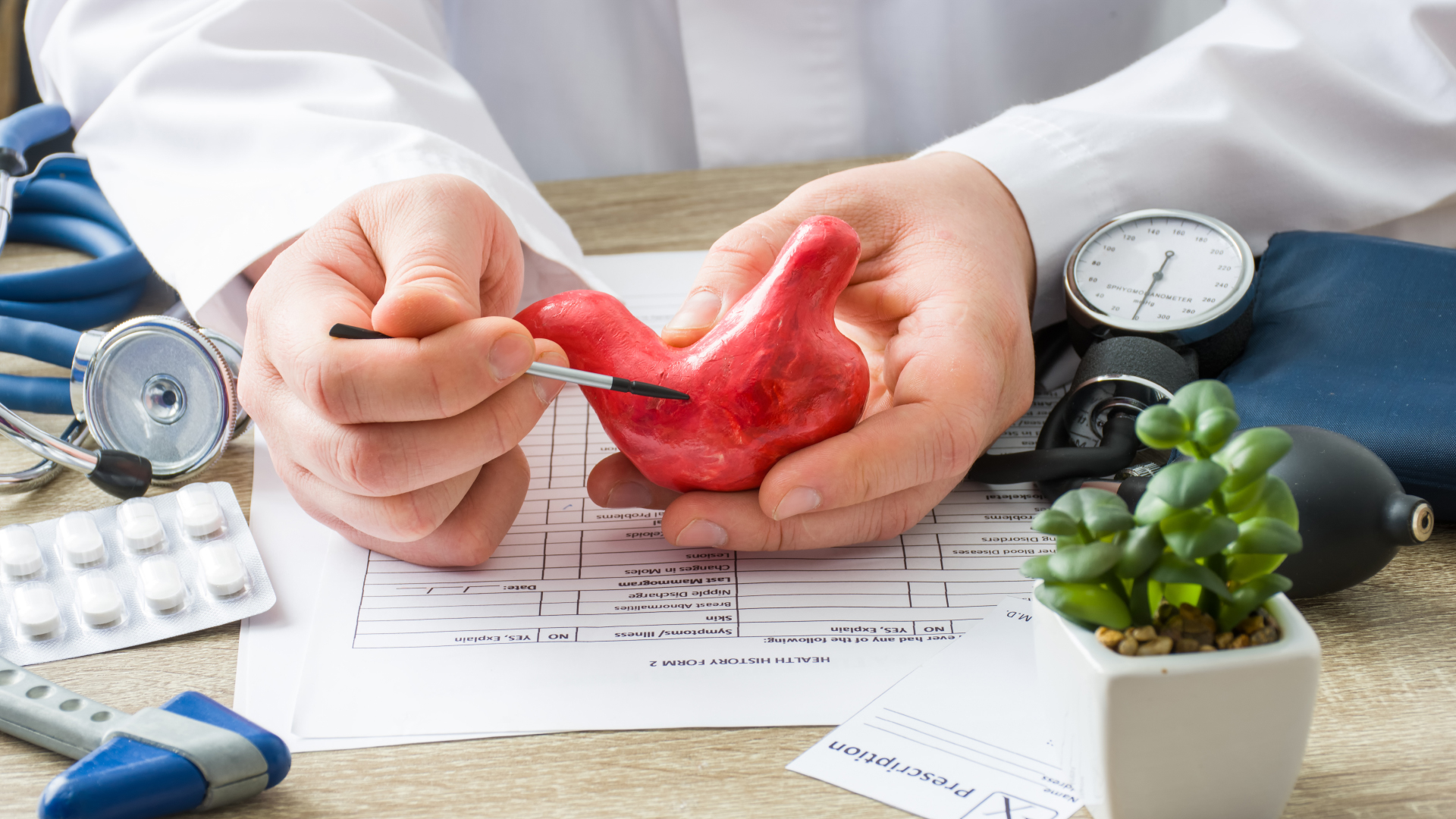
Silicone Intragastric
The balloon is inserted into the patient’s stomach through an endoscope and then filled with a saline solution to reduce stomach capacity and promote satiety.
Who is the gastric balloon for ?
Indication
The gastric balloon is generally intended for overweight or obese adults with a BMI greater than 27 kg/m2 who have weight-related health problems such as high blood pressure, type 2 diabetes or cardiovascular disease. It is important to note that the gastric balloon is not a long-term solution for weight loss and must be removed after a few months. To maintain weight loss, the patient must continue with physical activity and a balanced diet.

Contraindications
The gastric balloon is generally considered safe and effective for weight loss. However, there are contraindications to its use:
- History of previous gastric or bowel surgery
- Inflammatory bowel disease
- Blood clotting disorders or taking anticoagulants
- Known allergy to balloon materials
- Pregnancy or breastfeeding
- Active eating disorder or history of severe eating disorder
- Severe hiatal hernia
- Severe or untreated gastroesophageal reflux disease (GERD)
- Stomach or esophageal malformation
- Cancer of the stomach or esophagus
It is important that anyone considering the use of a gastric balloon undergoes a thorough medical evaluation to determine eligibility and discuss the risks associated with this procedure.

What is the protocol for gastric balloon placement?
Pre-balloon checkup
Prior to gastric balloon placement, a comprehensive health assessment is necessary to determine if the patient is a good candidate for this procedure. This workup may include:
- A comprehensive medical evaluation to determine eligibility and discuss potential risks associated with the gastric balloon
- A psychological evaluation
- A blood test
- Abdominal ultrasound
- A consultation with a nutritionist or dietician to establish a healthy eating plan tailored to the patient’s individual needs.
The insertion of the gastric balloon into the stomach
Gastric balloon placement is usually performed by a gastroenterologist in a procedure called endoscopy. Endoscopy is a technique that allows the inside of the stomach and esophagus to be viewed using an instrument called an endoscope, which is a thin, flexible tube with a camera on the end.
The procedure for gastric balloon placement can vary depending on the type of balloon used and is usually performed under general anesthesia to minimize discomfort during the procedure. The endoscope is inserted through the patient’s mouth and lowered into the stomach. Once the endoscope is in place, the balloon is inserted through the mouth and placed in the stomach. The balloon is then filled with a sterile saline solution to inflate it. Once the balloon is in place, the endoscope is removed from the stomach.
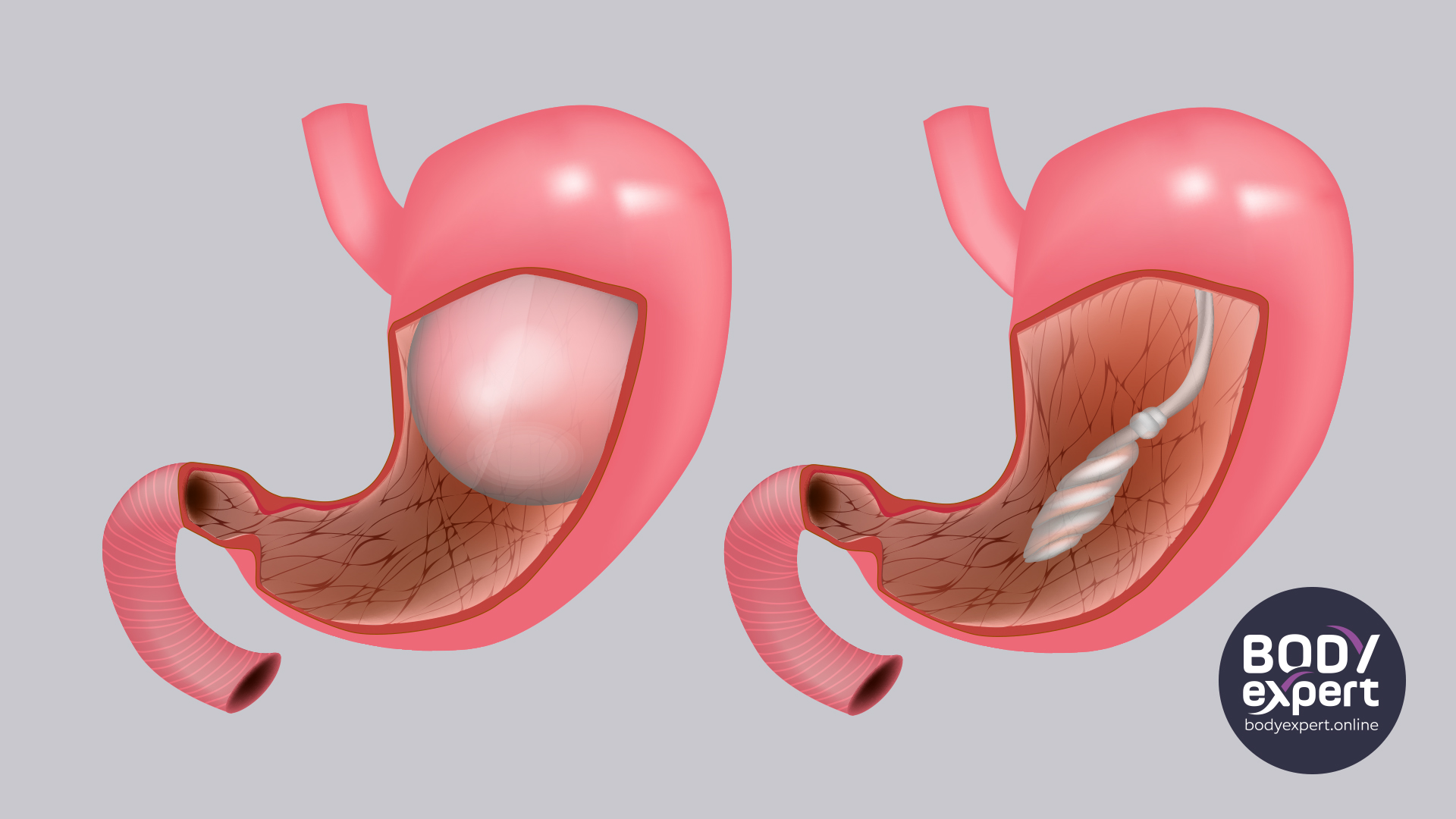
The follow-up
Follow-up after gastric balloon placement is essential to ensure that weight loss is proceeding safely and effectively and to prevent complications.
The removal
Gastric balloon removal is a relatively simple procedure that is performed by a gastroenterologist. Removal of the balloon should be done at the end of the treatment period, which typically lasts 6 to 12 months. The balloon should be removed at this point to avoid the risk of complications, such as balloon rupture or migration of the balloon into the stomach or intestine.
Gastric balloon removal is usually done under light sedation or general anaesthesia. The surgeon inserts the endoscope into the stomach through the patient’s mouth to visualize the balloon. The surgeon deflates the balloon by aspirating sterile saline through a needle inserted through the endoscope. Once deflated, the balloon is gently removed from the stomach by pulling it through the mouth.
The gastric balloon removal procedure usually takes no more than 30 minutes, and the person can return to normal activities the same day.

The results
Short-term weight loss
The gastric balloon is designed to help obese or overweight people lose weight in the short term. Short-term weight loss results can vary from person to person, but in general, the patient is expected to lose about 10% to 15% of their total body weight during the six-month period that the balloon is in place.
Long-term weight loss
Long-term weight loss with the gastric balloon depends on the patient’s ability to maintain the eating habits and healthy lifestyle they adopted during the time the balloon was in place.
Patients who follow a balanced diet and regular exercise program after gastric balloon removal are more likely to maintain their long-term weight loss. In contrast, those who do not make dietary or lifestyle changes after balloon removal tend to regain weight.
Side effects
As with any treatment, there are potential side effects associated with gastric balloon placement. The most common side effects of gastric ballooning are:
- Nausea and vomiting
- Abdominal pain
- Gastroesophageal reflux
- Dehydration
There are also rarer but potentially serious side effects such as stomach or esophageal perforation, intestinal obstruction, blood clots and infections. Please note that side effects can vary from person to person and not all patients experience these side effects.

FAQ
Is it possible to regain weight with gastric balloon removal?
Yes, it is possible to regain weight after gastric balloon removal if the patient does not follow a healthy and sustainable lifestyle of diet and exercise. With a healthy, balanced diet and regular physical activity, weight loss can be maintained.
Is the ball compatible with sports activity?
Yes, it is entirely possible to continue exercising while having a gastric balloon in place. Physical activity is even recommended to help maximize weight loss.
It is recommended to start slowly and gradually increase the intensity of exercise over time. In general, low-impact exercise activities such as walking, swimming, yoga, or spinning are recommended. High-impact activities, such as running or jumping, may be more difficult to perform with the gastric ball in place and may cause discomfort.
Can balloon placement be considered after sleeve surgery?
After sleeve gastrectomy, weight loss can be significant and patients can achieve their weight loss goal. However, some patients may have difficulty losing the remaining pounds or reaching their goal weight. In these cases, gastric ballooning may be considered to help with additional weight loss. However, the decision to place a gastric balloon after sleeve gastrectomy should be made in consultation with an experienced bariatric surgeon.
What is the cost of gastric balloon placement?
The cost of gastric balloon placement in UK can vary depending on several factors. the cost for gastric balloon placement in the UK can range from £3,000 to £6,000. This can include pre-procedure consultations, the procedure itself, post-procedure follow-up, and possible management and hospitalization fees.
Can my mutual insurance company reimburse my gastric balloon placement?
Mutual insurance reimbursement for gastric balloon placement depends on the terms of the insurance contract. Some mutual insurance companies may cover all or part of the cost of gastric ballooning, while others may not cover the procedure at all. Some contracts may have reimbursement limits for this type of medical procedure, and some mutual insurance companies may require prior authorization before reimbursing this procedure.
Why have your gastric balloon placed in Turkey
Having a gastric balloon placed in Turkey can have several advantages for patients. The cost of gastric balloon placement in Turkey is often less expensive in most European countries. Patients can save up to 70% on medical expenses, including the procedure, hospitalization costs and follow-up consultations. Hospitals in Turkey are equipped with state-of-the-art technology and surgeons are as well trained as surgeons in Europe. Turkey is also known for its booming tourism industry and hospitals often have high quality standards to accommodate international patients.
5587 vues
0 commentaires
0



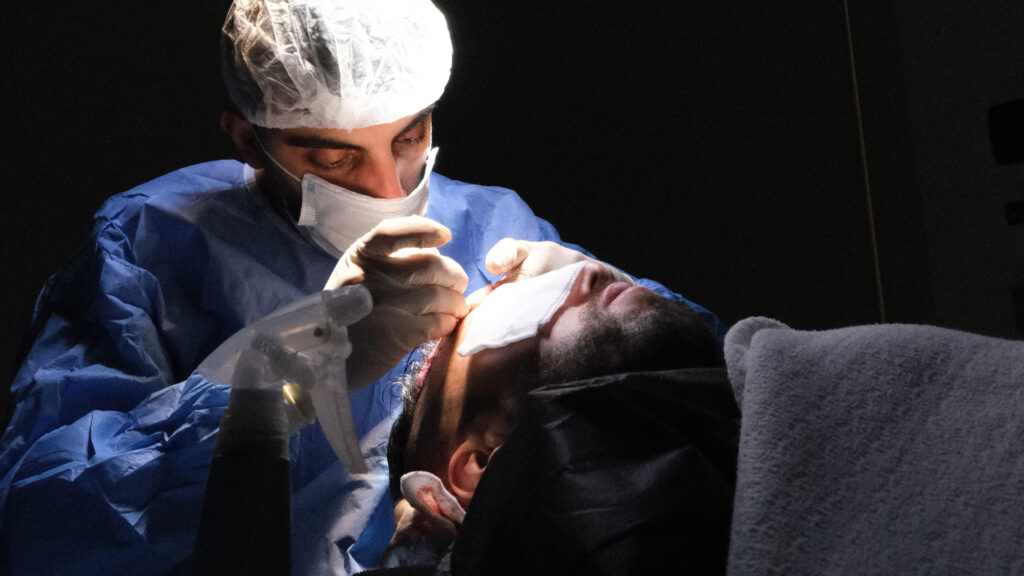
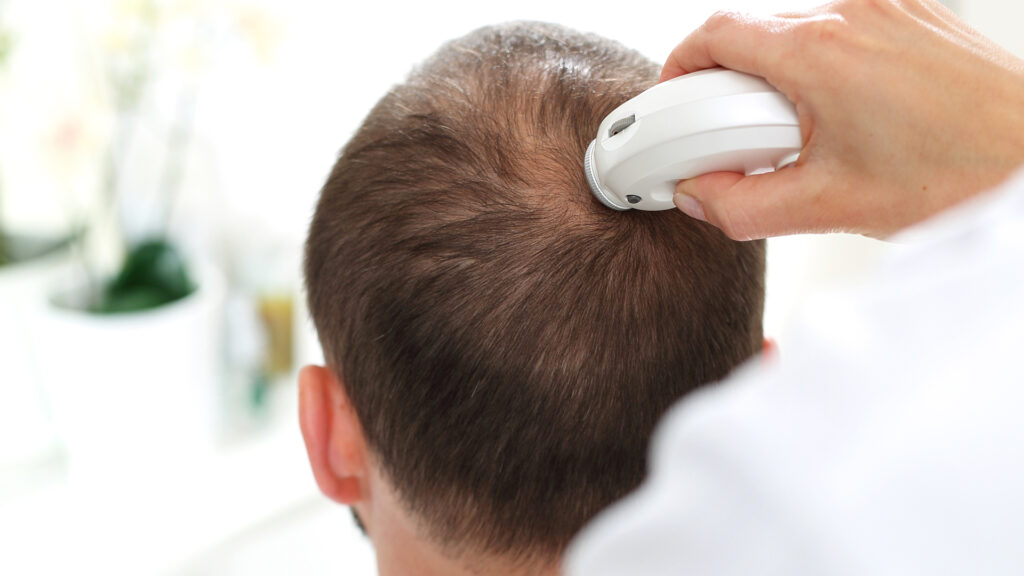
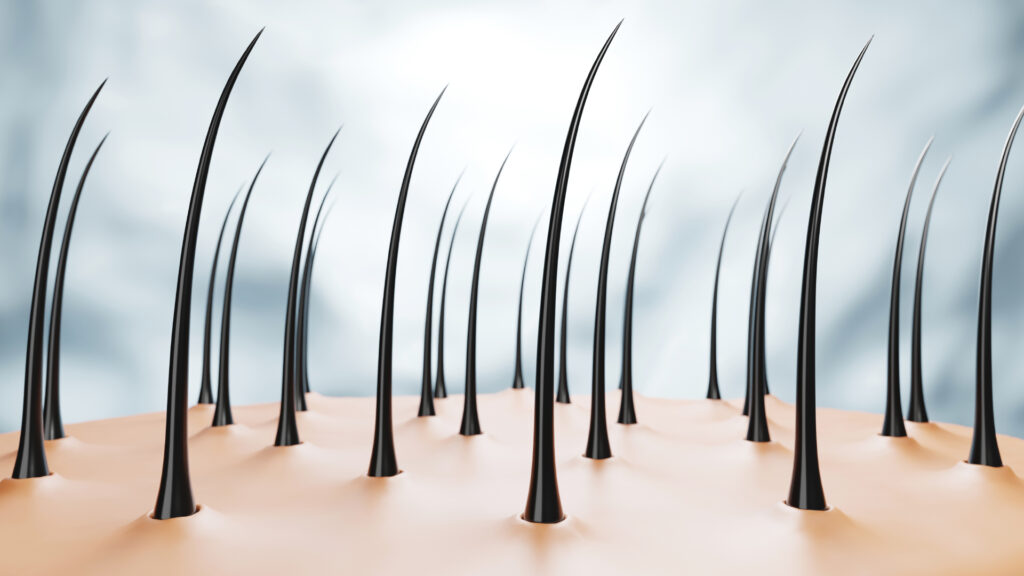
Il n'y a pas de commentaires pour le moment.